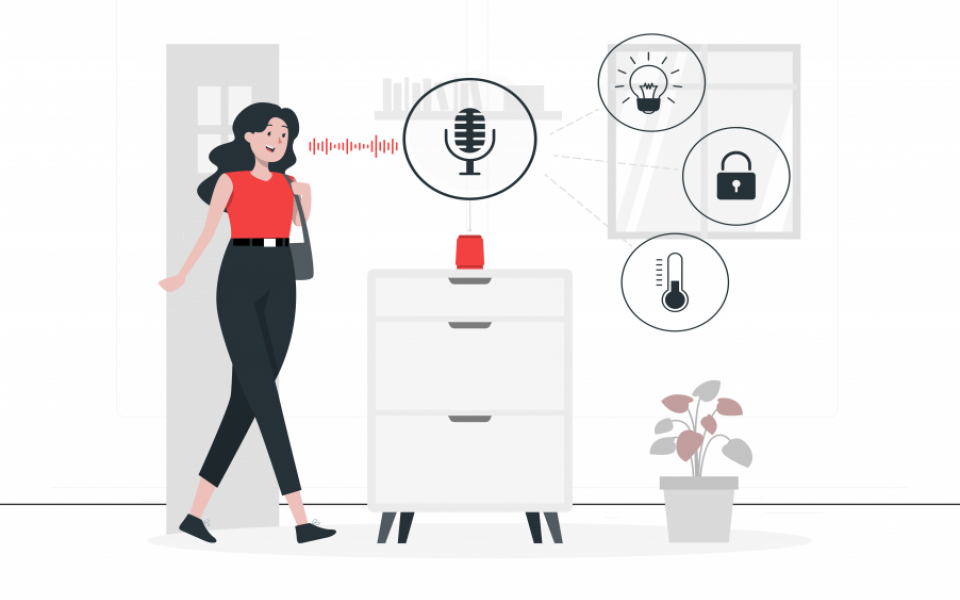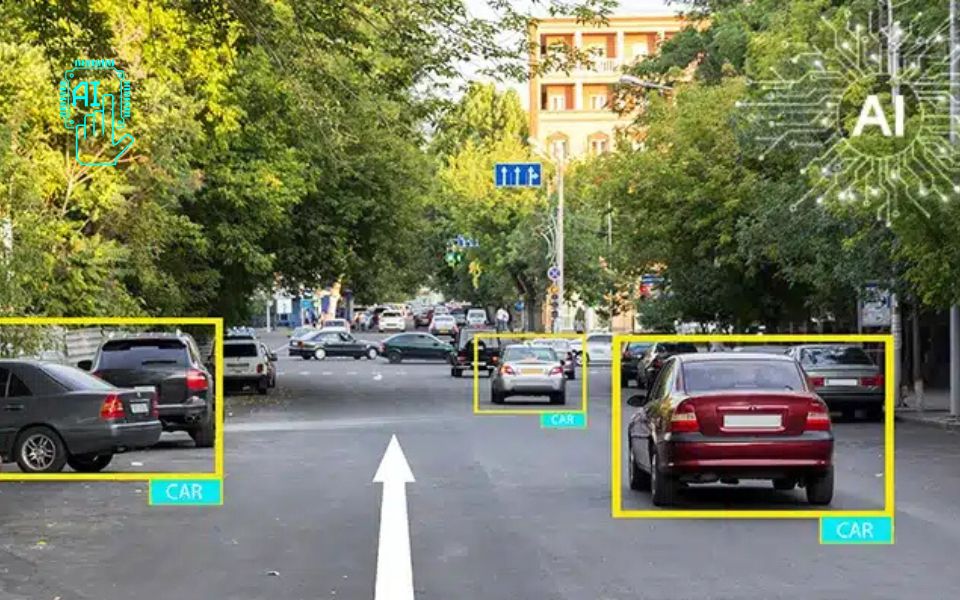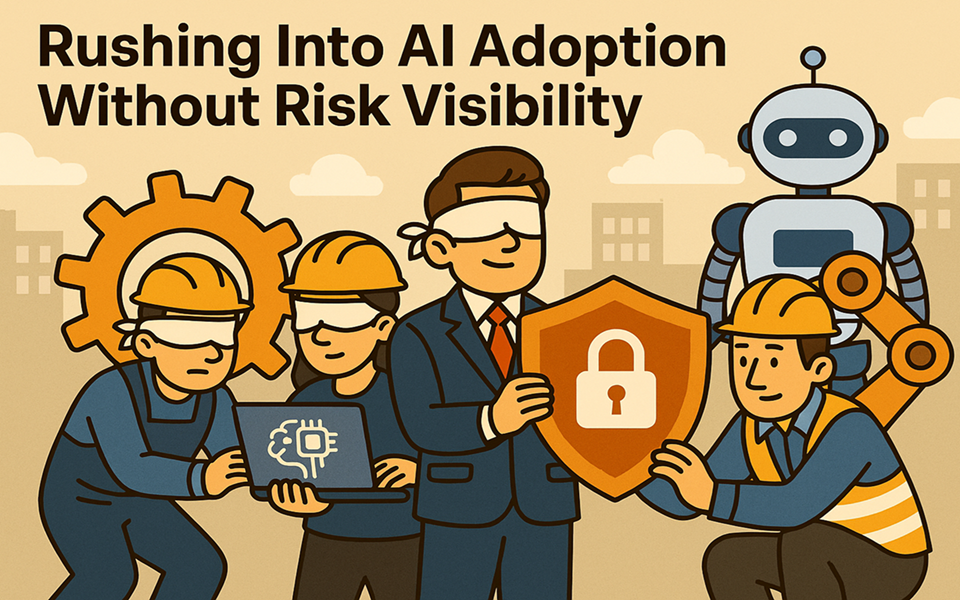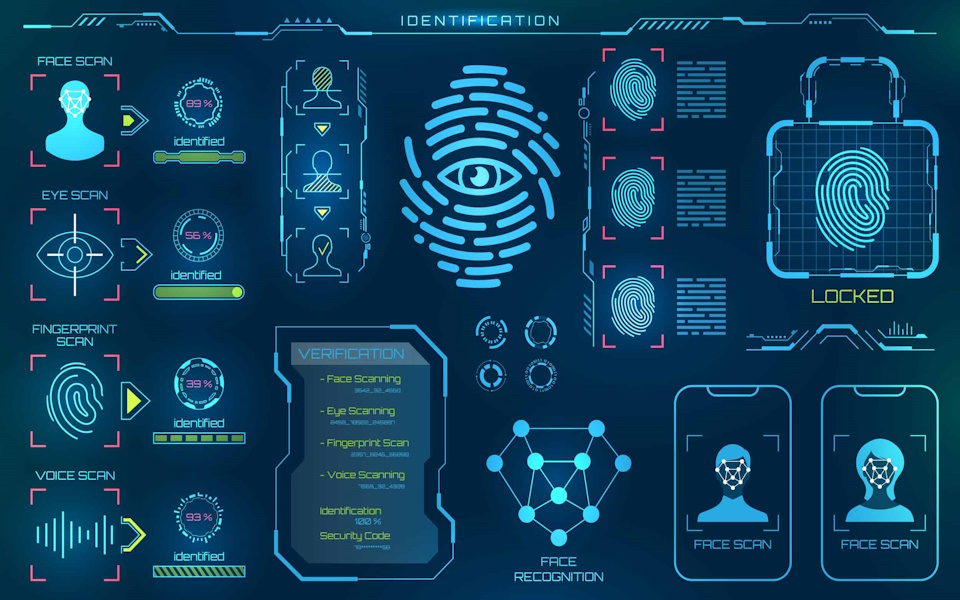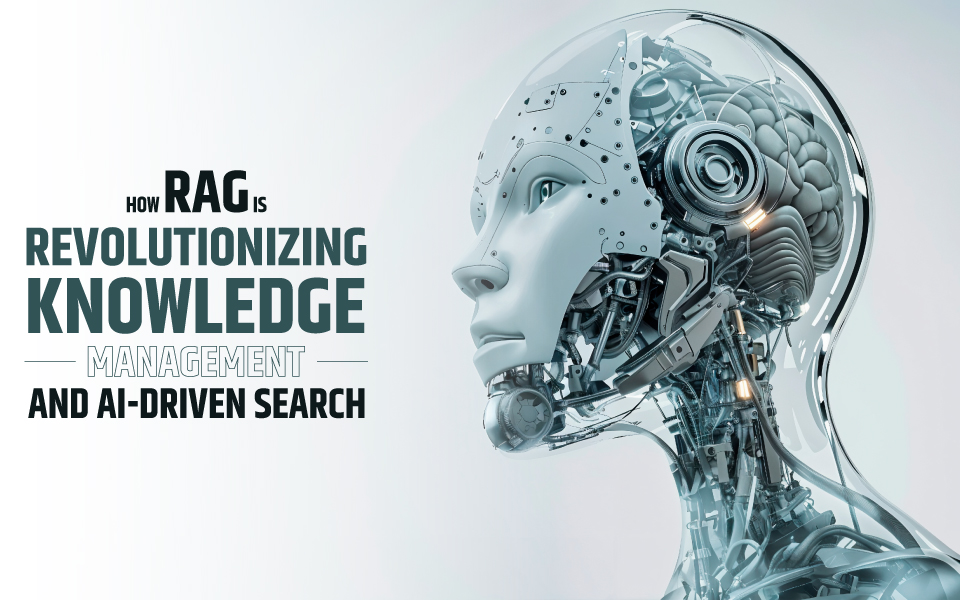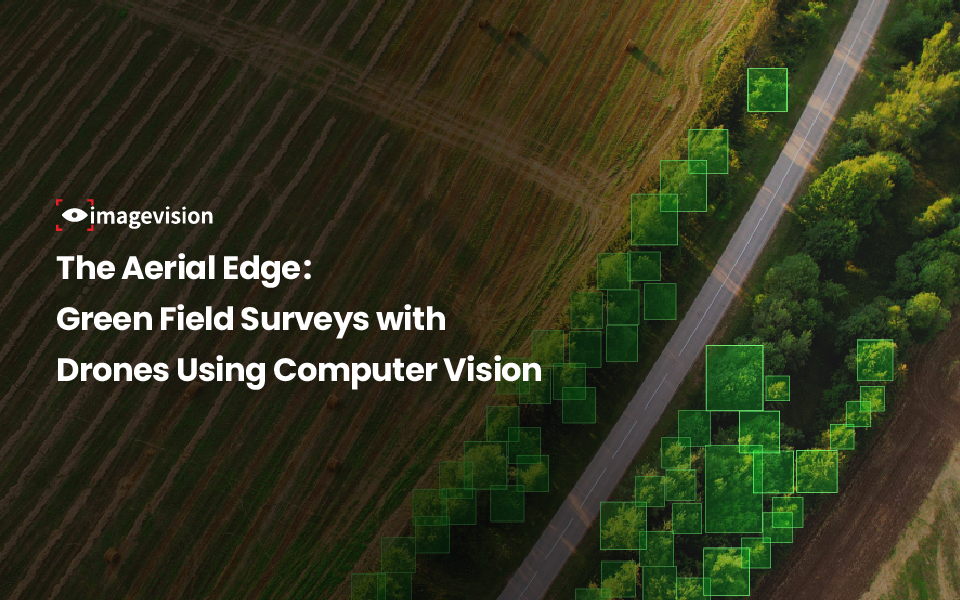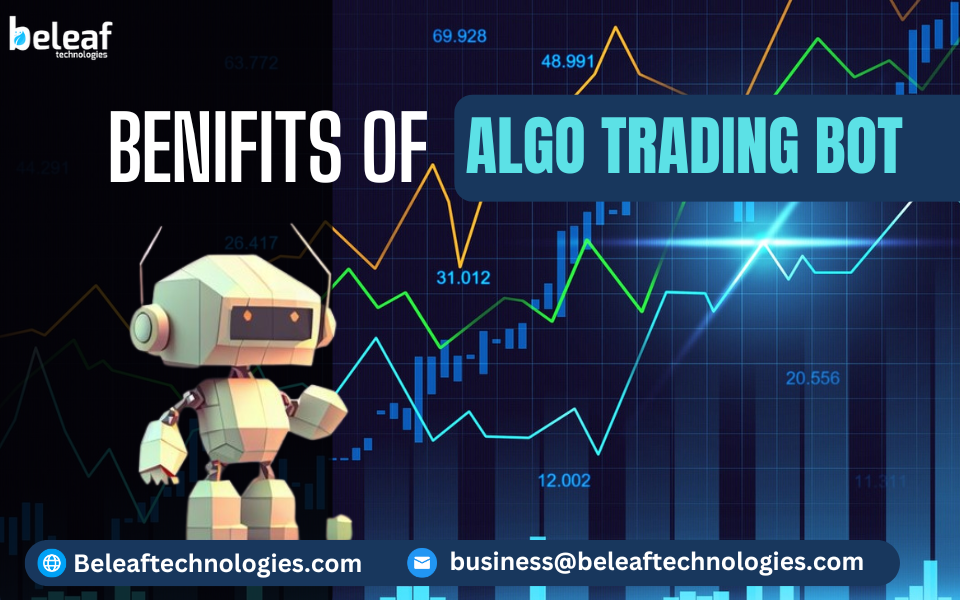What is voice interface? A voice user interface (VUI) enables users to communicate with a device or programme using spoken voice commands. We are in the midst of a voice user interface revolution. Voice-activated assistants like Amazon Alexa, Apple Siri, and Google Assistant are becoming increasingly commonplace as they are integrated into an ever-increasing number of devices.
Voice technology is gaining unprecedented traction and fundamentally altering consumer choices and habits worldwide. This rise in popularity is not surprising, as voice interfaces have many advantages over traditional graphical user interfaces. As a result, speech-powered user interfaces are becoming the standard, and more people are adopting voice daily to improve their usefulness, convenience, and value.
Consumers’ expectations when buying new electronics are also skyrocketing, and they are getting hooked on voice interactions. In fact, expectations are so ripe that the global voice recognition market is expected to reach an evaluation of more than $27 billion by 2026.
What is Voice User Interface (VUI)?
With VUIs, consumers may operate technology completely hands-free, frequently without physically interacting with the gadget.
VUIs are created using various artificial intelligence (AI) capabilities, including Speech Synthesis, Name Entity Recognition, and Automatic Speech Recognition. Voice user interfaces are straightforward because they use speech, which is how we naturally communicate. They input data much more quickly than typing but send data from the system back to the user much more slowly than reading or seeing.
As VUIs continue to evolve, we can expect to see even more impressive and convenient applications for them. So far, they’ve shown us that the sky’s the limit regarding how we users interact with the world around us.
The rise of Voice Interface
Voice search’s popularity can significantly alter how brands are found online and change customer behaviour in search and digital technology. The convenience of using voice commands to search the internet, make a purchase, or find directions is quickly making this technology mainstream.
A website’s user experience will improve significantly if one integrates a straightforward and dependable voice technology solution. For example, when a customer calls a company, the caller’s voice can be used to authenticate their identity. If the user is authenticated, they can then proceed to make changes to their account or retrieve information without needing to speak to a customer service representative. This would be a significant time-saver!
Moving away from cloud-powered processing is one of the fundamental advances that will make voice-first interactions more natural. Many of the earliest and most popular voice technology use cases, including speakers and smartphones, relied on converting spoken language into a language processed by cloud storage devices.
Though the concept of ‘conversation’ appears to be relatively simple, the technological foundations that support it are intricate. The screen-and-keyboard UI style must be abandoned to create more inclusive and accessible user experiences. The barriers to entry for voice technology are also falling as development and deployment costs continue to drop.
We can expect more significant changes in digital user behaviour as this technology evolves. For example, the pandemic has increased the use of voice-first technologies as people look for ways to limit their exposure to contaminated surfaces. The hands-free nature of voice interfaces also makes them ideal for use in public places, such as hospitals, where there is a heightened need to limit the spread of germs.
The impact of VUI on user behaviour
Naturally, such a fundamental shift is also causing a change in digital consumer behavior as follows:
– The way people search for information is changing.
– People are using their voices to control devices and applications more frequently.
– Home assistants are becoming more popular as people look for ways to simplify their lives.
– The need for speed is increasing as people expect instant gratification from voice technology.
– The use of voice technology in public places is on the rise.
– People are becoming more comfortable with using their voices to interact with technology.
Potential Of Voice User Interfaces
In 2021, more than 30% of online browsing was solely done by speech and around a third of all web browsing sessions across all search engines used were screenless. The rapid development of voice assistants and smart speakers contributed significantly to this. In addition, technology for voice assistants is paving the way for considerably more complex and dynamic human-machine interactions that will become a part of daily life.
The potential is pretty intriguing for enterprises:
– They can deploy voice interfaces to connect with customers, employees, and other stakeholders.
– Enterprises can use voice analytics to understand their customers better, building more natural and engaging customer experiences.
– They can use voice-enabled devices to increase workforce productivity and safety.
– Customers can get prompt responses, while operational expenses reduce via VUI solutions that is simple, practical, and reflects the brand identity.
– A voice-first strategy can help enterprises reach new markets and demographics.
– They will be able to develop a stronger relationship with your customers by personalizing their experience.
What are the benefits Of Voice User Interface?
There are many benefits to using a voice user interface, both for businesses and consumers. Here’s a look at some of them:
1. Accessible to everyone
A voice user interface is accessible to everyone, regardless of their level of tech savviness or visual impairment. This makes it an ideal solution for businesses that want to provide a better customer experience. From a UX perspective, a voice user interface can be a more intuitive and natural way to interact with technology.
2. Less error-prone
Voice user interfaces are less error-prone than traditional UI since there is no need to remember or type commands. This can lead to increased efficiency and productivity and reduced frustration for users. For example, a voice-activated search on a website can be much faster and more accurate than a traditional text-based search.
3. Empathetic
A voice user interface can help create a more empathetic customer experience by making it easy to connect with customers on a personal level. This is because people tend to respond better to a voice than to a text or image on a screen. In specific contexts, such as customer service, a voice user interface can help create a more human connection.
4. Hands-Free Operation
A voice user interface allows users to operate devices and applications without needing a keyboard or touch screen. This can be especially useful when it is not possible or convenient to use a traditional UI, such as when driving or cooking. This adds more value for businesses from the point of view of increased engagement and customer satisfaction.
5. Personalized Assistance
Voice user interfaces can provide personalized assistance as they can remember past interactions and use this information to provide better and more relevant results. For example, a voice-activated assistant can recognise a user’s preferred search results or restaurant choices and deliver these results without the user needing to input this information each time. Pairing this with capabilities such as Artificial Intelligence and Machine Learning can result in an even more personalized experience.
The Challenges Of Voice User Interface
Voice user interfaces are becoming increasingly popular, but they come with their own set of challenges:
1. Data Protection
Since voice user interfaces rely on storing and processing large amounts of data, there are concerns about data privacy and security. This is especially relevant for businesses that handle sensitive customer data. Therefore, it is essential to have measures in place to protect this data and ensure data privacy.
2. Accents and Pronunciation
Another challenge with voice user interfaces is their difficulty understanding accents and pronunciations. This can lead to errors in recognition and processing, which can frustrate users. To address this, businesses must ensure that their voice user interface does identify various accents and pronunciations.
3. Voice Recognition
Another challenge with voice user interfaces is that they sometimes have difficulty understanding what users are saying. This is due to the complexities of human speech, such as background noise, regional accents, and different vocal inflections. To address this, businesses must ensure that their voice recognition systems are trained to recognize how users might say the same thing.
4. Natural Language Processing
For voice user interfaces to be truly effective, they must understand the complexities of human language. This requires a technology called natural language processing (NLP). NLP is a branch of artificial intelligence that deals with understanding and processing human language. It is a complex task, and voice user interfaces often struggle with it. This can lead to errors in recognition and processing, which can frustrate users. To address this, businesses must ensure that their voice user interfaces are powered by the most robust and relevant NLP technology.
5. Limited Interaction
Voice user interfaces are often limited in how much interaction they can have with users. This is due to the nature of human speech, which is linear and sequential. This means that voice user interfaces can only process one utterance at a time. This can limit users who want to carry out complex tasks or get multiple pieces of information at once. To address this, businesses must ensure that their voice user interfaces are designed for limited interactions.
6. Design Documentation For Voice UI
A wide range of UX outcomes are covered by voice user interface design, including the development of voice agent personalities, dialogue/UX principles, user scenarios, and what is referred to as dialogue management or agent-user dialogue flows.
Voice UIs are typically documented in conversation flows instead of predetermined UI design creation and collaboration platforms. These flows usually encompass every situation of discussion with the voice assistant and include all potential user utterances and assistant responses. However, this can be a complicated process to complete, especially for those who are new to the concept.
Despite these challenges, voice user interfaces are becoming increasingly popular, and businesses must be prepared to adopt them. By understanding the benefits and challenges of voice user interfaces, businesses can make sure that they can take advantage of this technology while mitigating any risks.
Further Development And Future Of Voice User Interface
The current global market for voice user interfaces is being driven by the increasing popularity of smart speakers, the rising adoption of virtual assistants, and the advancement of artificial intelligence and natural language processing technologies.
Looking ahead, the voice user interface market will continue its strong growth.
One trend that is likely to have a significant impact on the voice user interface market is the increasing use of biometrics. Biometrics is the use of physical or behavioral characteristics to identify individuals.
Voice user interfaces can use biometrics to verify users’ identities and provide a more personalized experience. For example, voice user interfaces can use biometrics to recognize individual users’ voices and provide tailored responses. This personalization can make voice user interfaces more effective and engaging for users.
Another trend that is likely to have an impact on the voice user interface market is the increasing use of virtual assistants. Virtual assistants are software programs that can understand human speech and perform tasks on users’ behalf.
Virtual assistants are becoming increasingly popular as they become more advanced. As virtual assistants become more widespread, they will significantly impact the voice user interface market. For example, virtual assistants can be used to control voice user interfaces and perform tasks such as making phone calls, setting alarms, and adding items to a shopping list.
Conclusion
A new UI/UX paradigm is being built around voice user interfaces. As a result, experience designers today must be familiar with the strengths and limitations of voice user interfaces and the trends shaping this technology’s future.
Voice user interfaces have the potential to revolutionize the way we interact with technology. However, some challenges still need to be addressed, such as designing voice user interfaces for limited interaction and using biometrics for identity verification. Despite these challenges, businesses must be prepared to adopt VUI as they become more popular.
What do you think about voice user interfaces? Let us know in the comments below!




